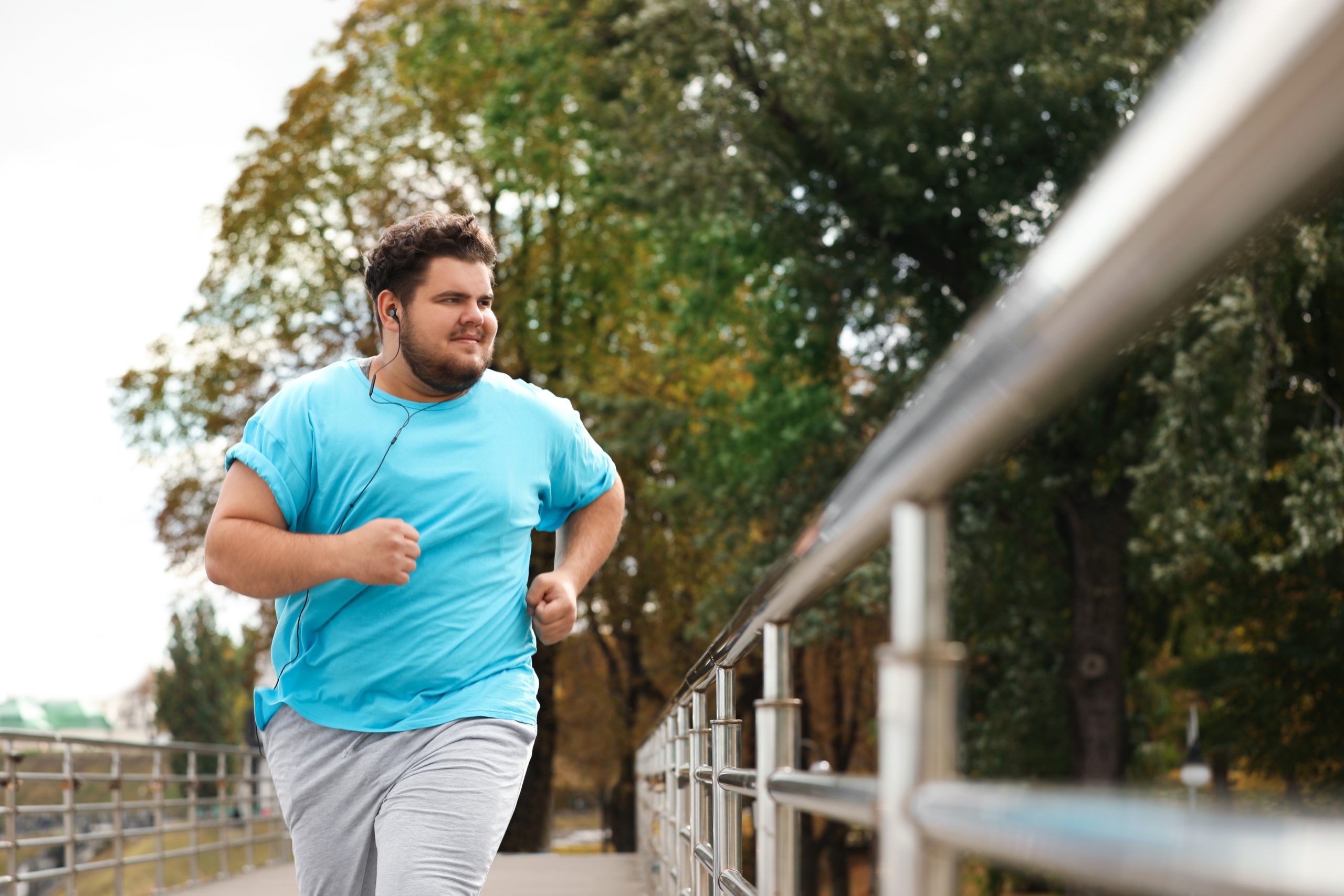
Regular physical activity is good for you – improving heart health, the strength of muscles, bone density, sleep and mood. When you have type 2 diabetes, moving your body becomes an essential part of your overall treatment plan.
Let’s review some basics around why.
How Does Movement Help With Type 2 Diabetes?
Being physically active improves insulin sensitivity while removing excess sugar from the bloodstream. Improved insulin sensitivity means that your body understands how to use blood sugar. Insulin instructs the body where to move sugar for energy production, typically muscles and the liver, resulting in lowered blood sugar.
When you are physically active your muscles start to use their sugar stores, lowering your blood sugar more efficiently.
Physical activity provides the following benefits:
- Lower A1C
- Sustained weight loss
- Reduce your need for type 2 diabetes medications
- Lowed risk for heart disease
- Lower stress levels
Before You Begin
If you are new to regular exercise, talk to your medical care team before engaging in moderate to high-intensity exercise. You may need to take certain precautions if you have high blood pressure or are prescribed certain medications like insulin or maintenance pills. You can make an appointment with a Level2 coach or clinical team to discuss what is right for your body.
How Much Exercise is Enough?
For many people with type 2 diabetes, it’s recommended that you get about 2.5 hours, or 150 minutes, of physical activity per week, spread over at least three days in the week.
When you are ready to begin, remember that consistency is key, so it is important to make sure that you spread your time out as evenly as is realistic. For example, focusing on being active for about 20 minutes a day is better than lumping all 150 minutes into one day.
There are three main types of exercise — aerobic, strength training and flexibility:
- Aerobic exercise is often thought of as high-intensity movement like running or exercise class. However, it is better to think about it as anything that increases your heart rate. Brisk walking, swimming or using an elliptical trainer are just a few examples (but something as mundane as walking up and down the stairs works, too). When we move, our muscles need more oxygen, so our heart rate increases.
- Strength training is movement focused on improving muscle strength and bone density. It includes many body-weight movements like planks or lunges or weightlifting while using weights like dumbbells.
- Flexibility training is movement focused on improving how well muscles can stretch leading to joints being able to move freely. For instance, yoga is focused on helping the whole body move without restriction. You can find many free beginner videos online that can help you increase flexibility through specific exercises like stretching, tai chi or yoga.
Incorporating a variety of activity types is recommended to keep you motivated and improve fitness in a sustainable way.
Tips to Get Started
1. Make sure it’s doable.
Get the go-ahead from your health care team before beginning any new exercise routine. The Level2 team is here to help you create a plan that will keep your sugar levels in a healthy range.
2. Think small and build up.
Start by setting goals to maintain or increase activity levels over time. For example, if you have an activity or fitness tracking and you set your daily step totals under 500, aim to increase that total by 50%. Once you have hit 750 steps for five days of the week, try increasing it a bit more. Achieving smaller goals can make larger successes possible.
3. Find something you enjoy.
The best part of physical activity is finding new ways to incorporate movement into a healthy lifestyle. Need some alone time? Take a walk to collect your thoughts. Looking for social connection? One of the safest ways to be together is by going for a walk with someone supportive. When it is safe, explore programs at local libraries, community, or senior centers offering low-impact exercise classes free for people of all ages. Keep trying things until you find a mix of activities you enjoy.
Mar. 01 2021